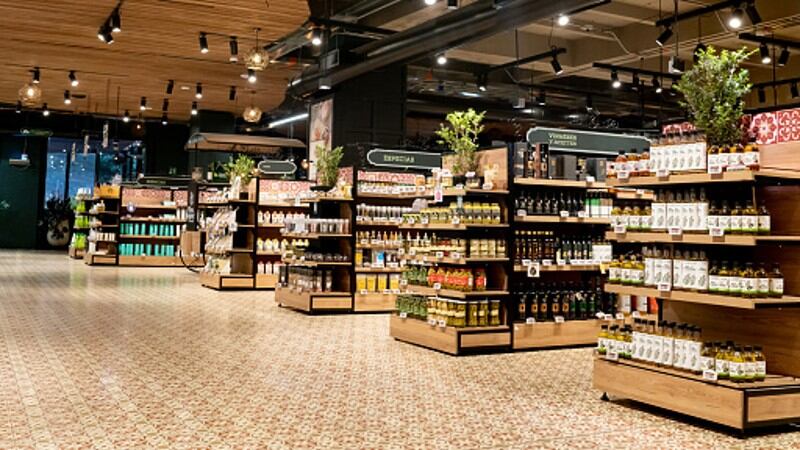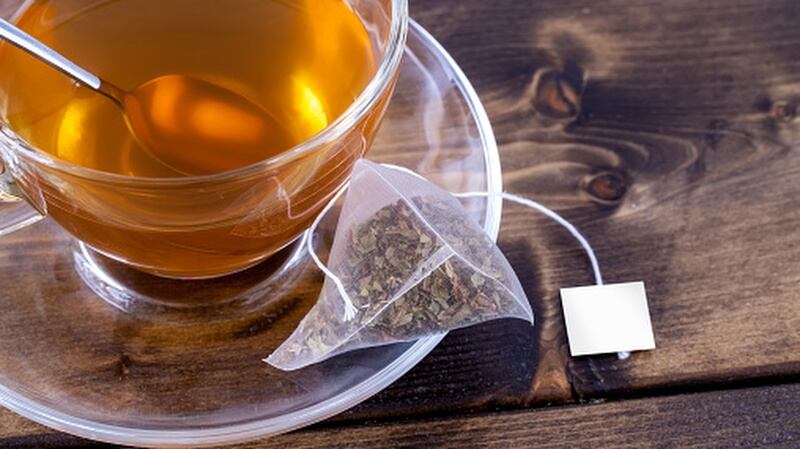HUL recently announced its Q3FY2023 financial results ending 31 December 2023, reporting near-flat percentage growth of 0.1% to INR154.6bn (US$1.86bn) and a -2% drop in Profits After Tax to INR34.6bn (US$416.4mn).
The firm attributed the drop in profits to both its attempts to bring end-product prices down for tea, as well as ongoing climate and economic challenges.
“We have taken price cuts in the past few quarters in commodity-linked categories [in order] to pass on the benefits of lower material prices to our consumers,” HUL CFO Ritesh Tiwari told the floor at an investors conference announcing the financial results.
“Consequently, we saw an overall negative price growth of 2%, leading to a flat Underlying Sales Growth [and with] the Food and Refreshment category continuing to see positive pricing due to inflation in commodities like coffee and sugar, profits after tax [declined].”
HUL CEO Rohit Jawa further emphasised that the current operating environment in India calls for a more cautious outlook, particularly when it comes to the food and beverage category.
“The effects of an uneven monsoon [has been strongly] felt on the output of Kharif crops (harvested July to October such as rice and sugarcane), impacting agricultural yields and rural incomes,” he said.
“Lower reservoir levels also continue to be a cause of concern for the Rabi crops (winter crops harvested October to March such as wheat and corn), although the crop sowing has been recovering as of late.
“On the weather front, winter this year has not only been delayed, but has also been less severe with higher-than-average minimum and maximum temperatures recorded in many parts of the country - This has impacted the winter categories as well.
“Due to lower agriculture yields and uncertainty of future crop outputs, rural consumer sentiment remains subdued [and] consequently, the anticipated buoyancy from festive season did not materialise – [what we have seen is that] urban growth continued to outpace rural across many industries [and] premium segments are doing better than mass.”
These observations have encouraged the firm to focus strongly on its premium products, which for HUL food and beverage include items such as Horlicks Plus, mayonnaise and peanut butter as well as various other innovations.
“[Our] premium portfolio continues to lead growth for us, growing at more than 2.5x of the mass portfolio,” Tiwari added.
“Premium products [for us] are those with the relative price index greater than 120% of the category average, such as Horlicks Plus.
“[That said], some categories such as Health Food Drinks (e.g. Horlicks) and Coffee are witnessing commodity inflation, and consumers have also been downgrading in tea due to the price differential between premium and plain tea [so we are looking closely at various] innovations and activations in this sector.
“[For example], we expanded the Bru Gold portfolio with a new range of flavoured coffee which is freeze-dried and available in vanilla, caramel or hazelnut; [and there was also the] Knorr Korean noodles in Kimchi and Jjajangmyeon flavours.
“We remain focused on driving growth through bringing in more users into the category while creating more occasions for consumption and premiumising our portfolio – [we have noticed that the] market development portfolio across [our food and refreshment categories] is leading growth for us.”
Premium growth amidst adversity
Although it might seem counter-intuitive to continue prioritising premium product growth at a time when most consumers are hoping to tighten their purse-strings, HUL still believes that brands such as Horlicks and Boost hold the key to its long-term growth.
“We do believe HFD is a structurally attractive category - It's got a long-term growth potential [as] it serves the underserved, especially as micronutrients are concerned,” Jawa added.
“We have gotten the penetration of the HFD portfolio up by 600 basis points, into more households before we acquired the brand, the market shares are increasing quite handsomely[and] we've been able to build a strong top tier value-added part of the portfolio with both the light and plus versions – [overall], it's a profitable business.”
The category took a blow in recent years when milk prices soared due to inflation, as milk is considered an essential ingredient in Horlicks and Boost products, so Jawa is hopeful that as these impacts decrease prices can be adjusted to increase new user consumption again.
“So we are in a good place [but still] need to do more work is in the space of usage, where the core Horlicks user has dropped consumption on account of the inflation shock that came because of milk, but milk prices are now stabilizing to softening,” he said.
“[We are aware that this product] tends to be on the more discretionary side so when under income stress, consumers might choose not to have as often or as much, and that might have been one of the dampeners given all of the massive price increases and the income stress we saw in the last few years.
“It is expensive compared to other areas [but] is seen as a day-to-day use product widely consumed in its strongholds in the south and east of India, but even here penetration is sub-40% and is very low in the north and west, so the opportunity or white space for this is more as a category which needs to drive market education”





